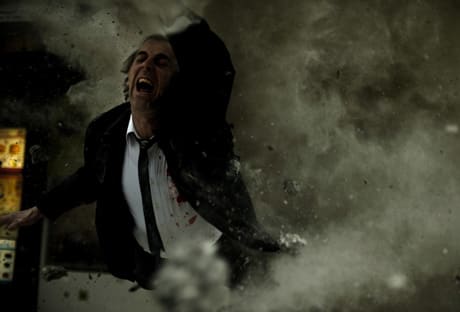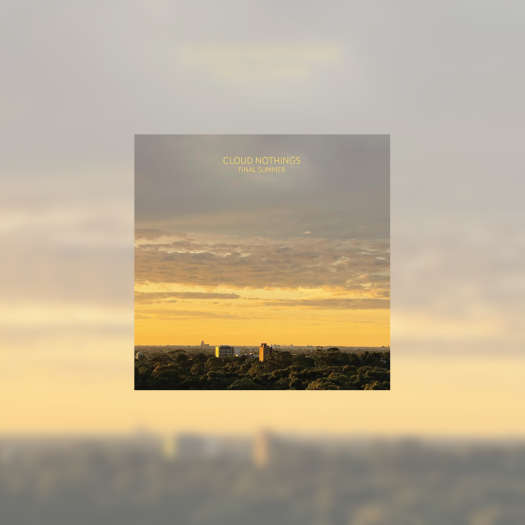Films about people coming to terms with death in the afterlife are spotty at best, often dismissed as pretentious missteps, given the weight and scope of human metaphysical angst atop a conventional hour-and-a-half narrative. On the one hand, you have Hirokazu Koreeda's After Life, which smartly stuck with the notion of memory. On the other, you have Rodrigo Garcia's Passengers.
Koen Mortier's follow-up to the controversial Ex-Drummer falls somewhere in between, capturing the imagery, tone and sense of unease of a film determined to confront the anger and grief associated with tragedy, but not quite possessing the heart or intelligence to back it up with anything new or profound.
With recurring motifs of repetition and daily banality, 22nd of May opens with the morning routine of shopping mall security guard Sam (Sam Louwyck). With handheld camerawork and a real-time attention to erroneous details, this existential take on regret and annihilation anxiety lulls us into a sense of normalcy and quotidian security before shocking us with a random explosion in the mall that engulfs Sam in a cloud of debris and smoke.
What follows is initially an examination of guilt, given that the bomb could be perceived as a fault in security, but as dead characters show up, either blaming Sam or revisiting their missed opportunities, it becomes more, channelling preliminary human fears and thoughts about the concept of death.
While a constantly building soundtrack propels this initial quest through time and space — moving these characters between their ghostly ruminations and the moments before the explosion — there's never a great sense of thematic complexity. The greyish brown aesthetic, filled with dust and dirt, often pornographically exploring barren spaces and slow motion beauty, gives everything a breathtaking quality on the surface, even while back stories about a man masturbating in a dressing room and another photographing children in the mall do little to add to the intended emotional intensity.
Still, trajectories of repetition and surrealist wasteland photography make this a wonder to behold on the big screen. And the final five minutes of slow motion explosion footage is easily some of the most stunning imagery I've seen on film.
(Epidemic)Koen Mortier's follow-up to the controversial Ex-Drummer falls somewhere in between, capturing the imagery, tone and sense of unease of a film determined to confront the anger and grief associated with tragedy, but not quite possessing the heart or intelligence to back it up with anything new or profound.
With recurring motifs of repetition and daily banality, 22nd of May opens with the morning routine of shopping mall security guard Sam (Sam Louwyck). With handheld camerawork and a real-time attention to erroneous details, this existential take on regret and annihilation anxiety lulls us into a sense of normalcy and quotidian security before shocking us with a random explosion in the mall that engulfs Sam in a cloud of debris and smoke.
What follows is initially an examination of guilt, given that the bomb could be perceived as a fault in security, but as dead characters show up, either blaming Sam or revisiting their missed opportunities, it becomes more, channelling preliminary human fears and thoughts about the concept of death.
While a constantly building soundtrack propels this initial quest through time and space — moving these characters between their ghostly ruminations and the moments before the explosion — there's never a great sense of thematic complexity. The greyish brown aesthetic, filled with dust and dirt, often pornographically exploring barren spaces and slow motion beauty, gives everything a breathtaking quality on the surface, even while back stories about a man masturbating in a dressing room and another photographing children in the mall do little to add to the intended emotional intensity.
Still, trajectories of repetition and surrealist wasteland photography make this a wonder to behold on the big screen. And the final five minutes of slow motion explosion footage is easily some of the most stunning imagery I've seen on film.




